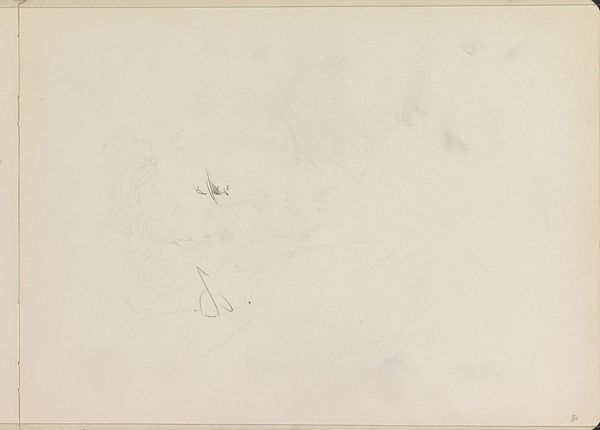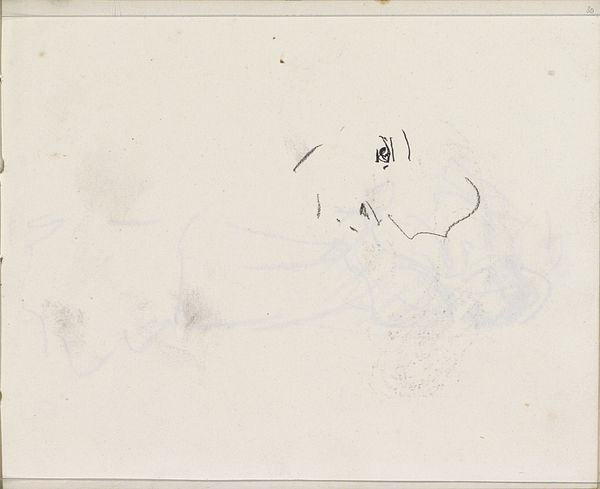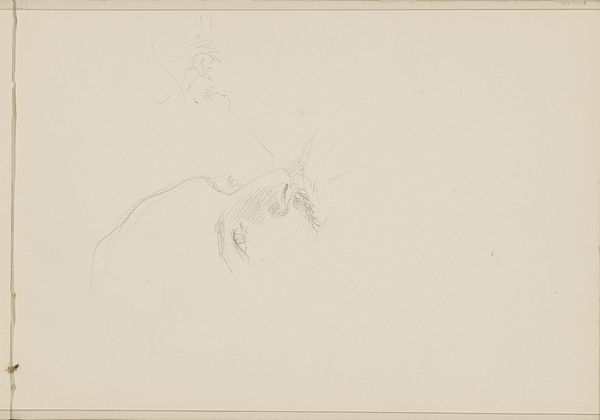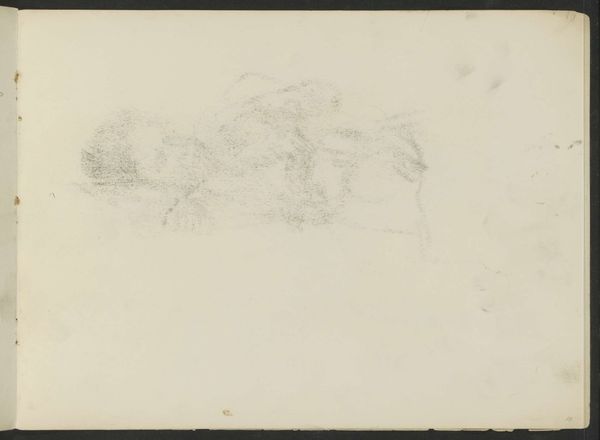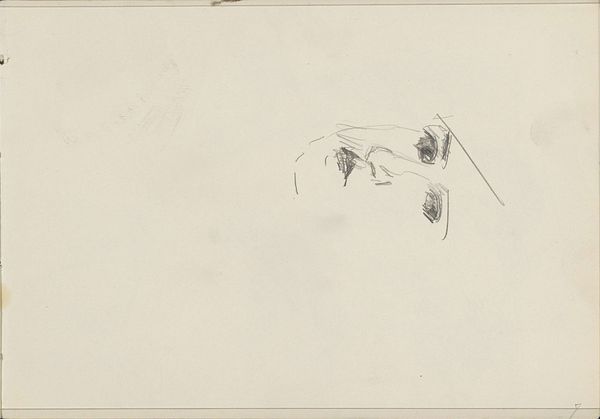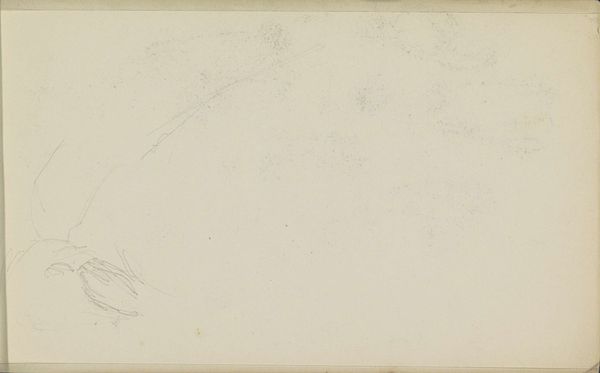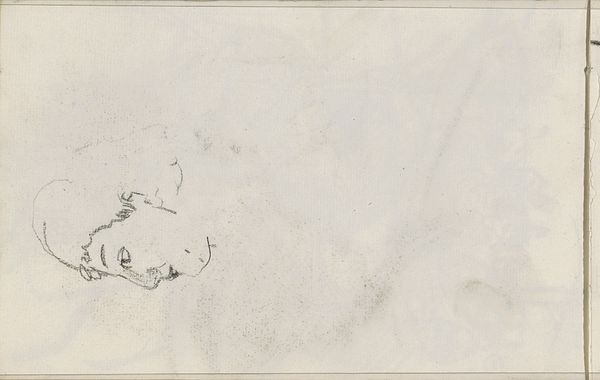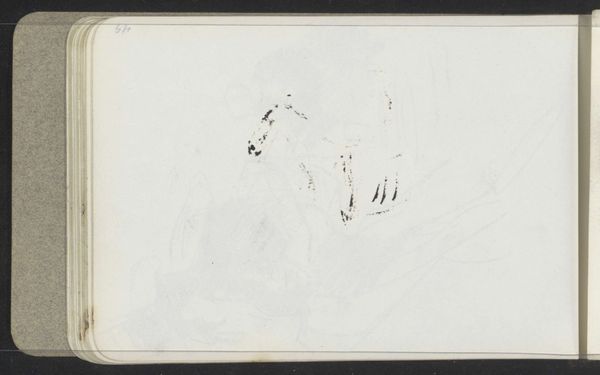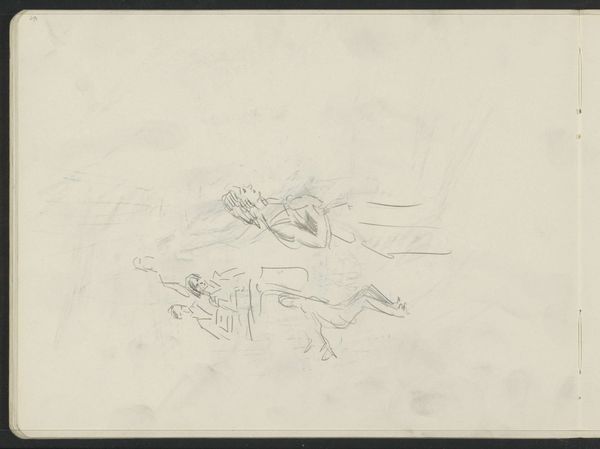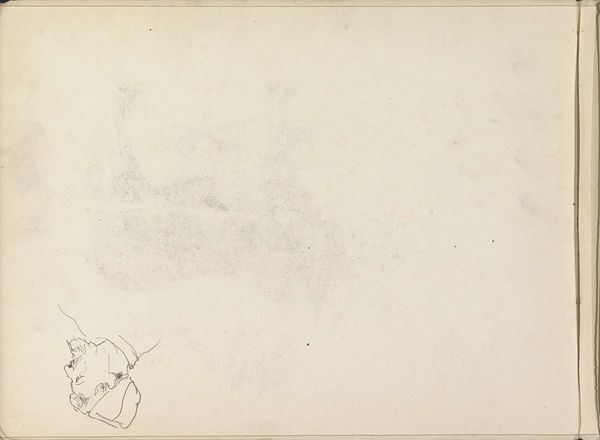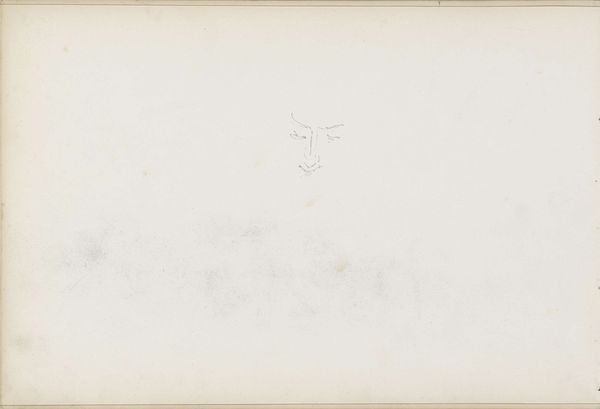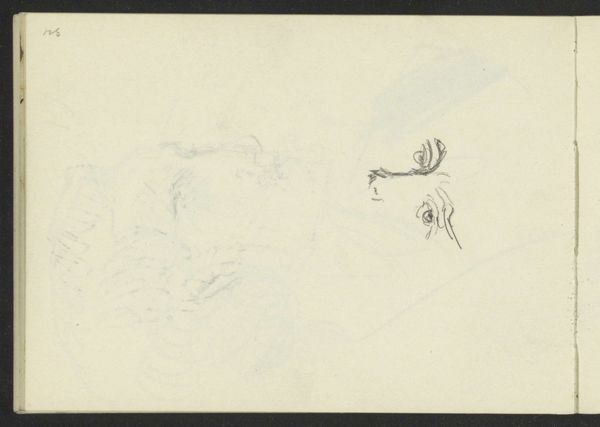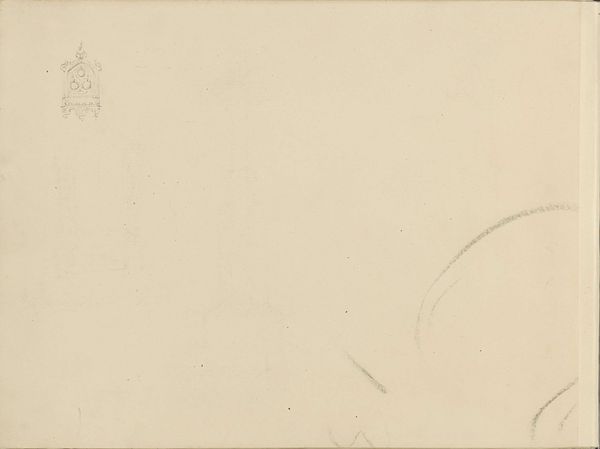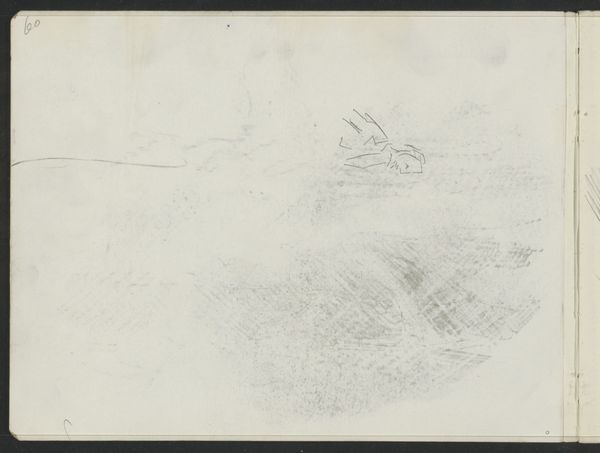
drawing, paper, pencil
#
portrait
#
drawing
#
face
#
paper
#
pencil
#
line
#
academic-art
#
realism
Copyright: Rijks Museum: Open Domain
Curator: Right, let’s consider this drawing, titled “Gezicht van een man”, dating roughly from 1865 to 1913 and held at the Rijksmuseum. It's rendered in pencil on paper. What springs to mind for you? Editor: Hauntingly unfinished. Like a memory glimpsed through a fog. The sparseness almost amplifies the intensity of the gaze, or at least, the suggestion of a gaze. Curator: I find myself pondering the socioeconomic factors at play during this period that enabled such an artwork to be produced, to circulate, to survive... It is remarkable to contemplate. Editor: Surviving feels like the right word. The paper seems almost delicate, the pencil lines so faint. I imagine the artist pausing, uncertain, or perhaps the subject shifting in his seat. There's an intimacy in its incompleteness. Almost like eavesdropping on a thought. Curator: It invites reflection on the processes and techniques involved in drawing, and also the conventions associated with "academic art" styles during that time. How do these depictions reproduce or subvert the accepted visual norms? How can we examine the physical means used to create this work, connecting it to larger social and cultural systems? Editor: Maybe it's precisely the suggestion, rather than the definition, that allows it to transcend the strictly "academic." I think about labor here, too; the act of looking, translating, committing that gaze to paper. It’s the slow work of capturing something essential. I am particularly attracted by the details of its face, or face-fragments, spread unevenly over the surface. Curator: Precisely, which invites questions about who produced the paper, pencil, and where the subject fit into society? Editor: The materiality, absolutely. Thinking about paper production then...and now. But mostly I feel for this ghostly face. It's almost as if he might vanish if we stare too intently. Curator: A powerful insight. By carefully considering materials and social context, we gain richer understandings about not only the object itself, but broader implications of the era. Editor: And sometimes, it simply boils down to recognizing that a stray mark, a light touch, can still whisper across the centuries, still evoke an echo of shared humanity. It's good to be reminded of that.
Comments
No comments
Be the first to comment and join the conversation on the ultimate creative platform.
